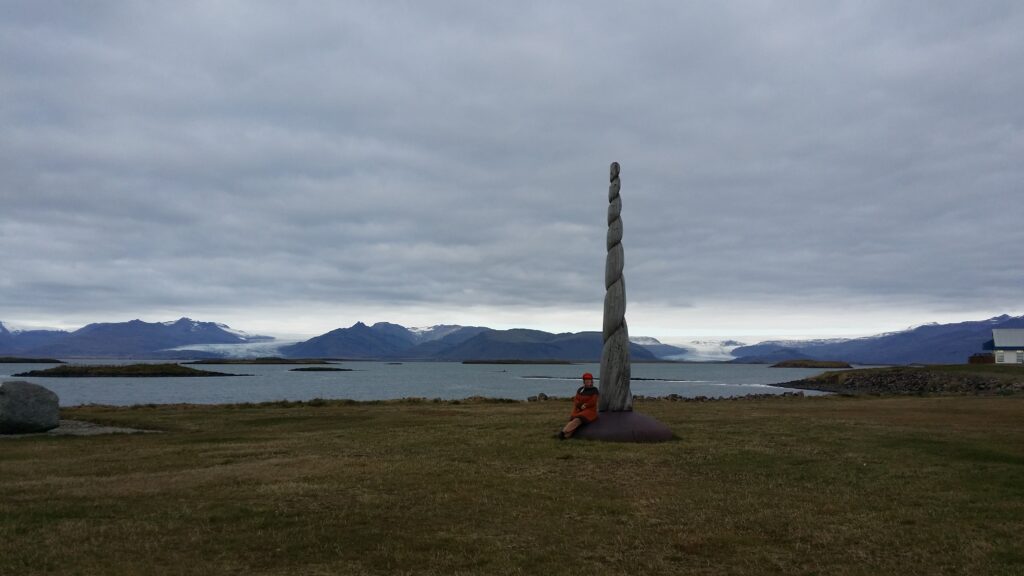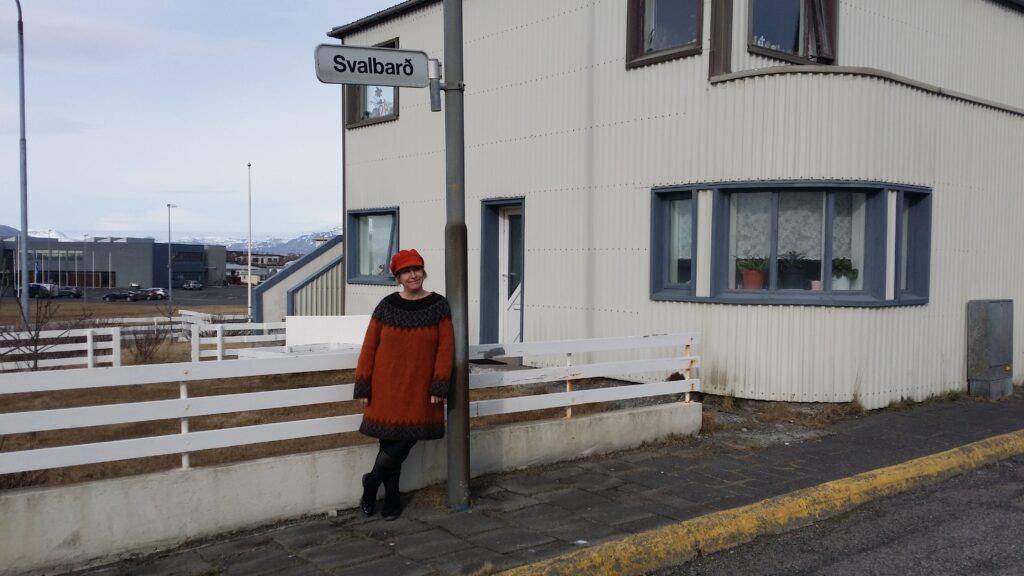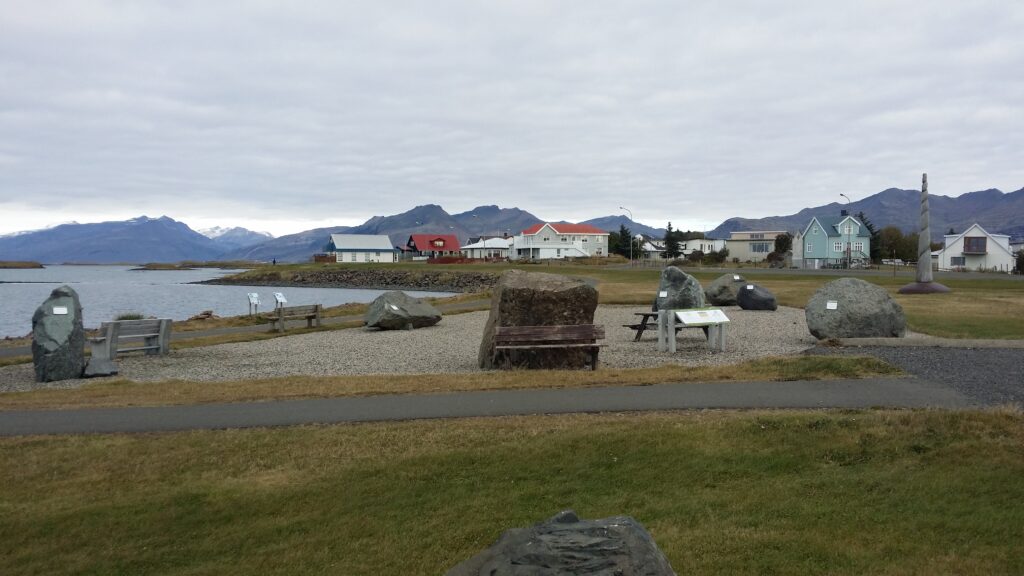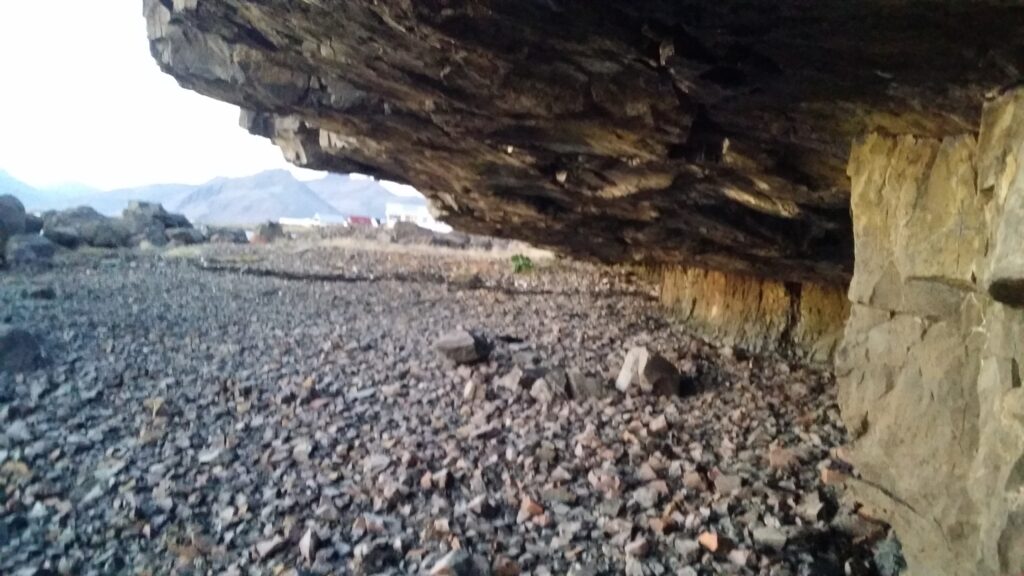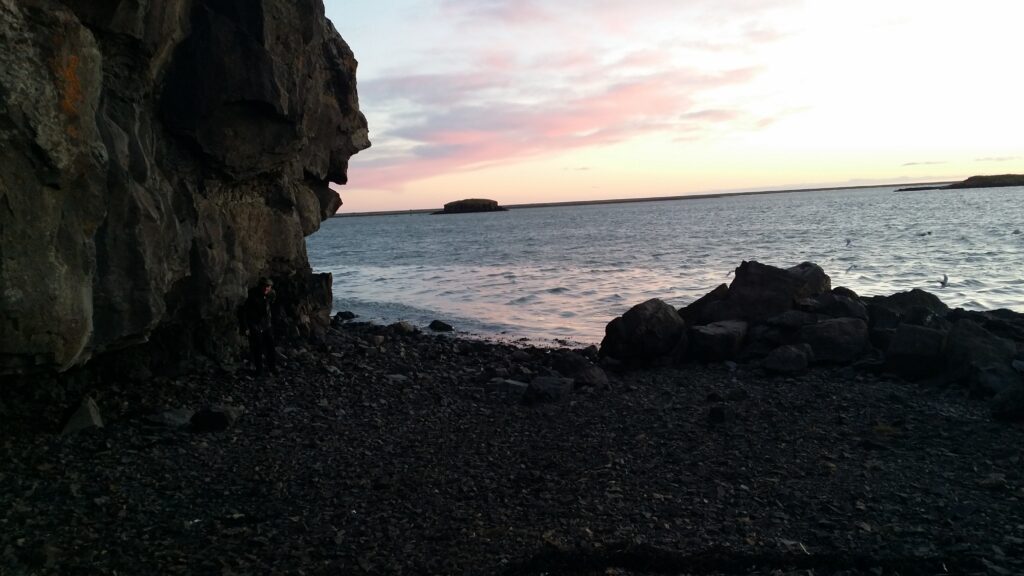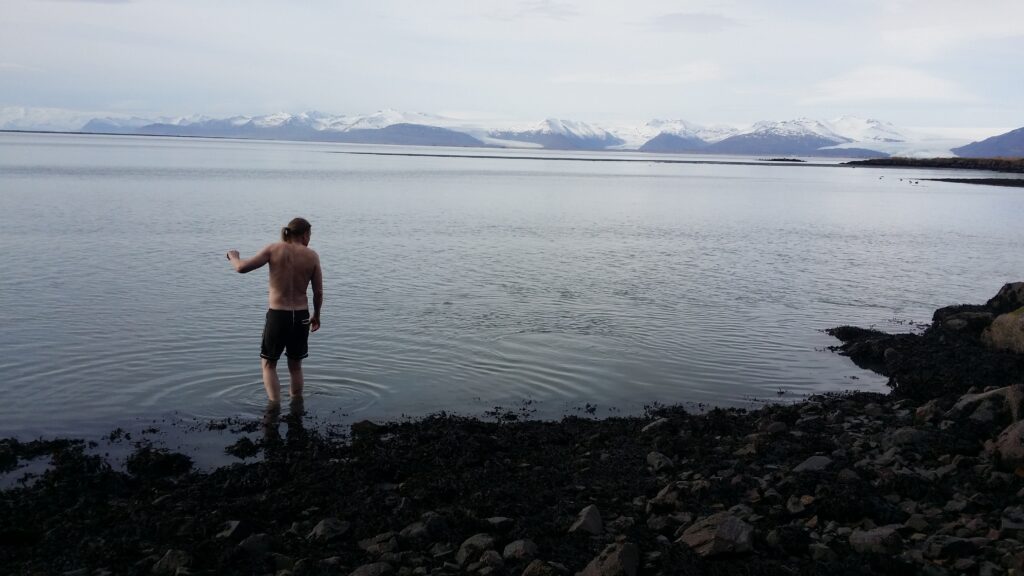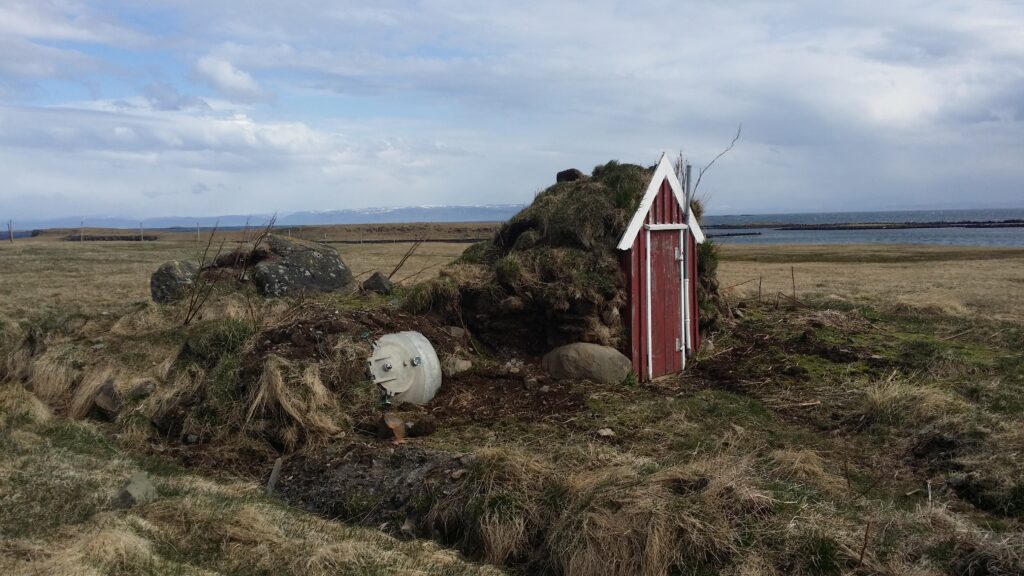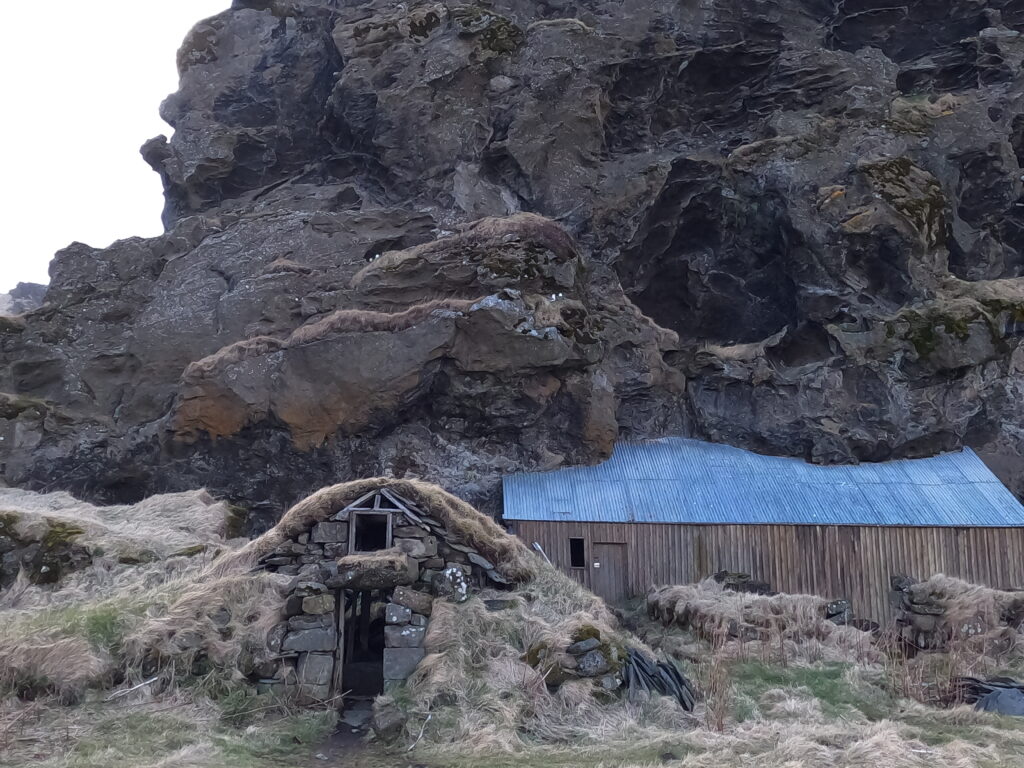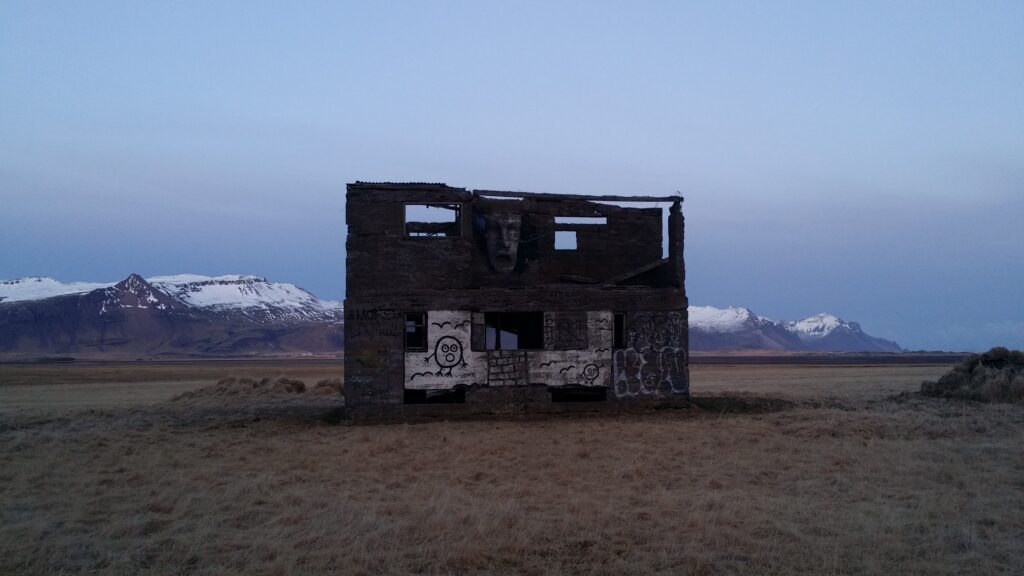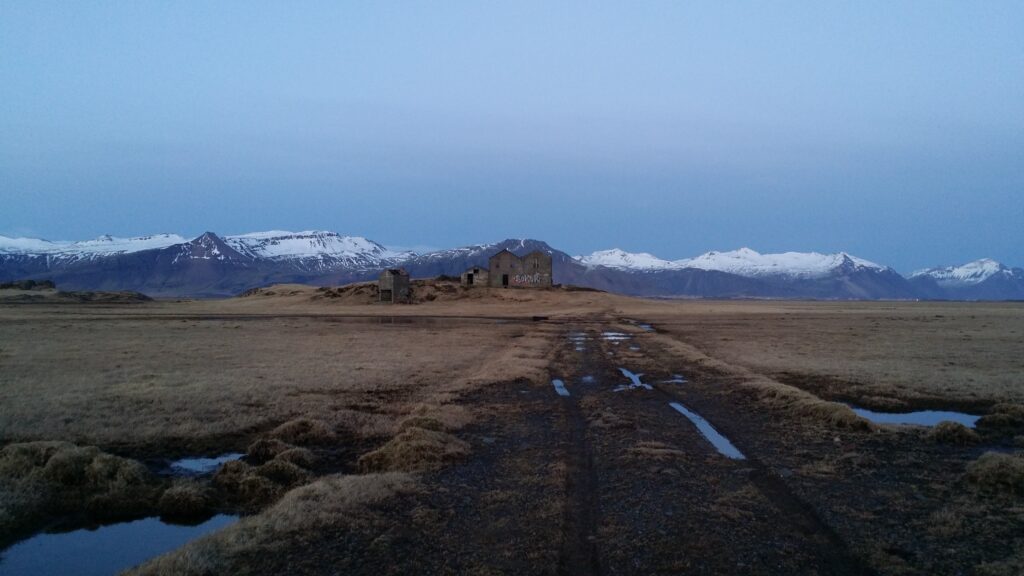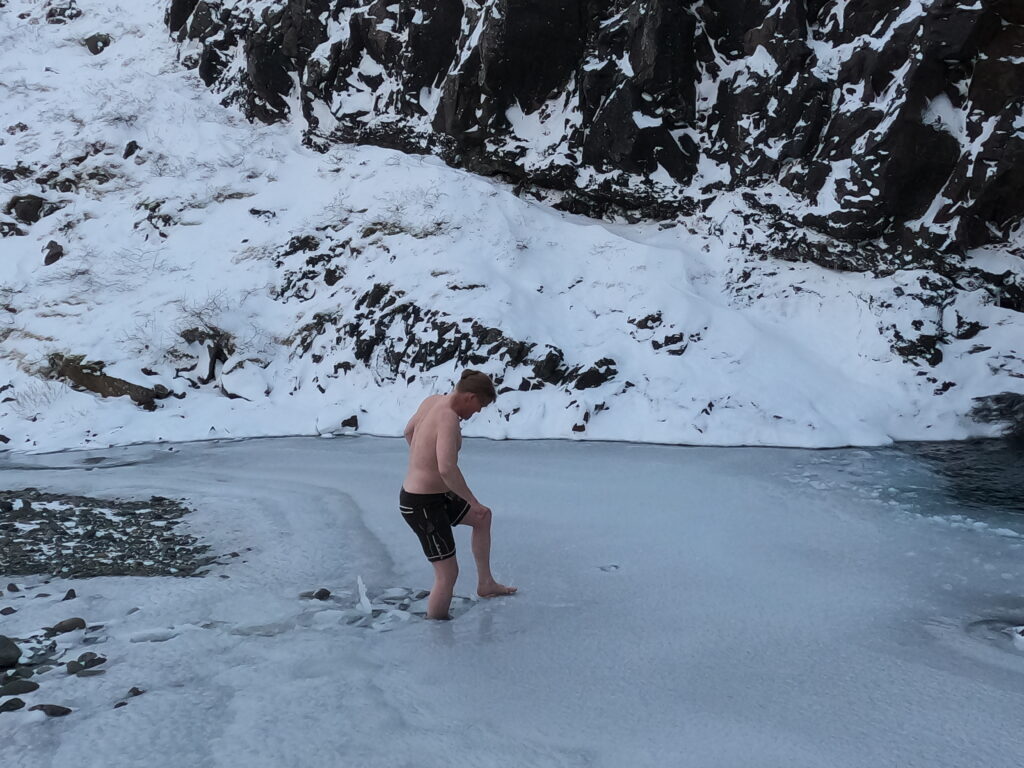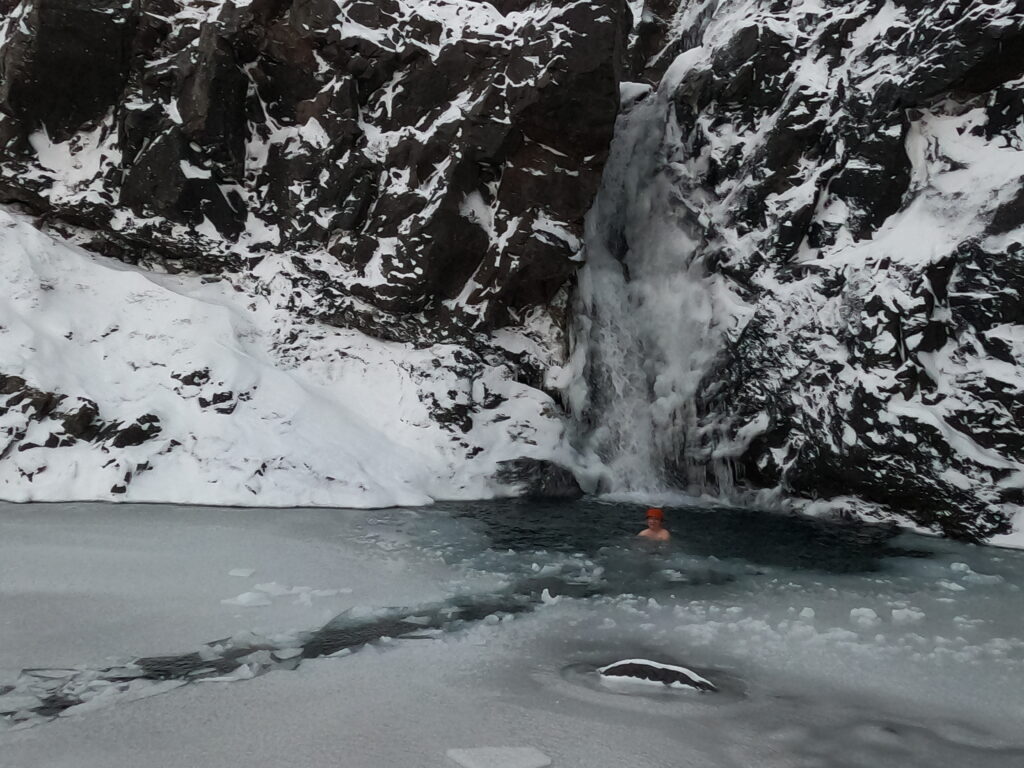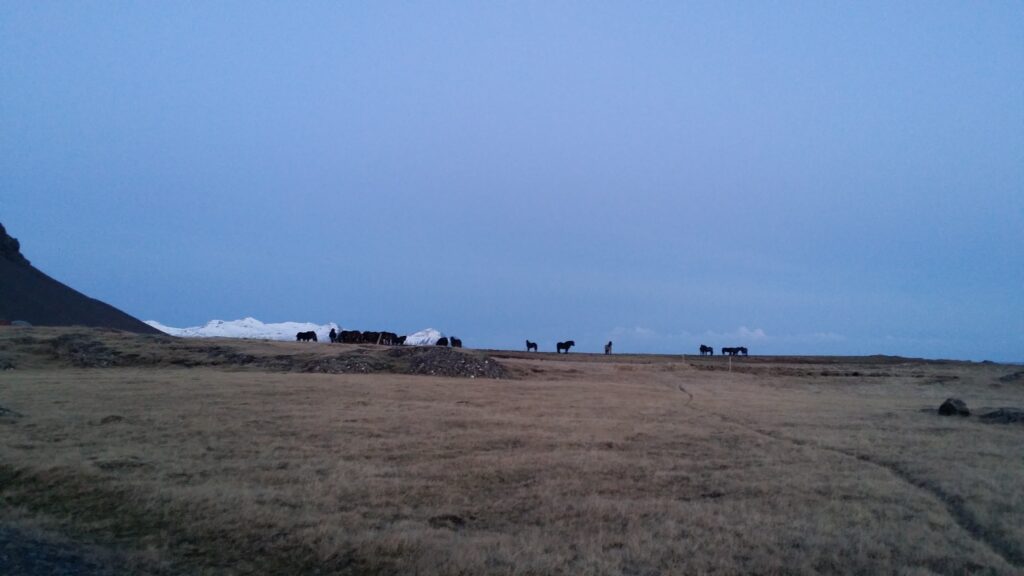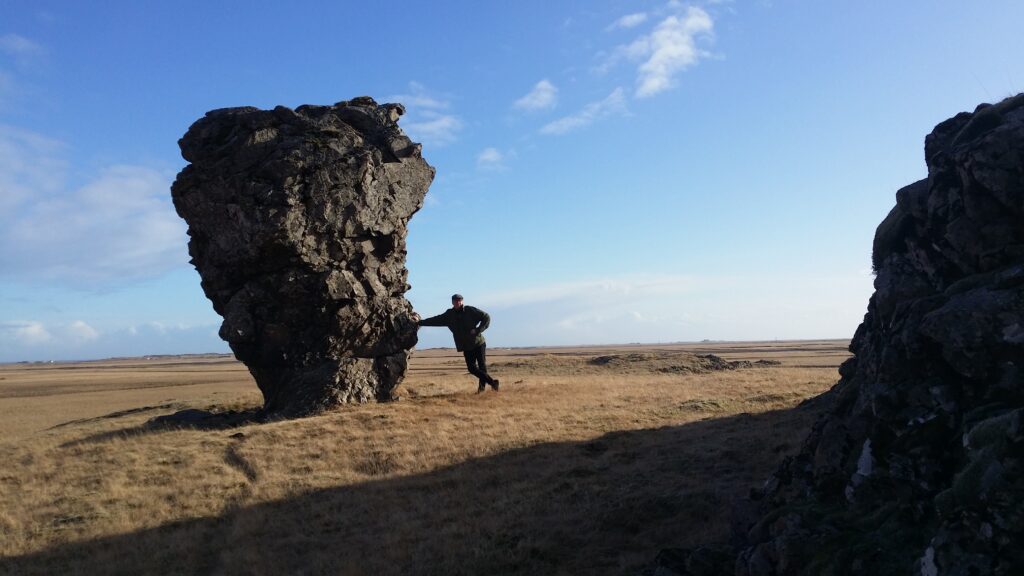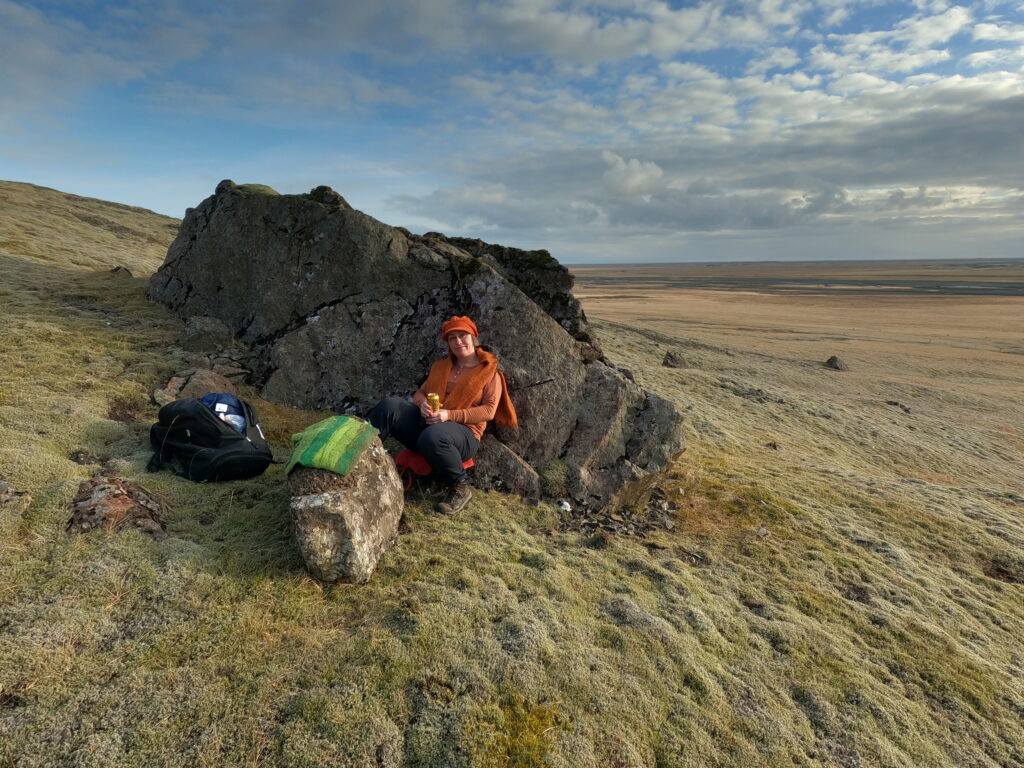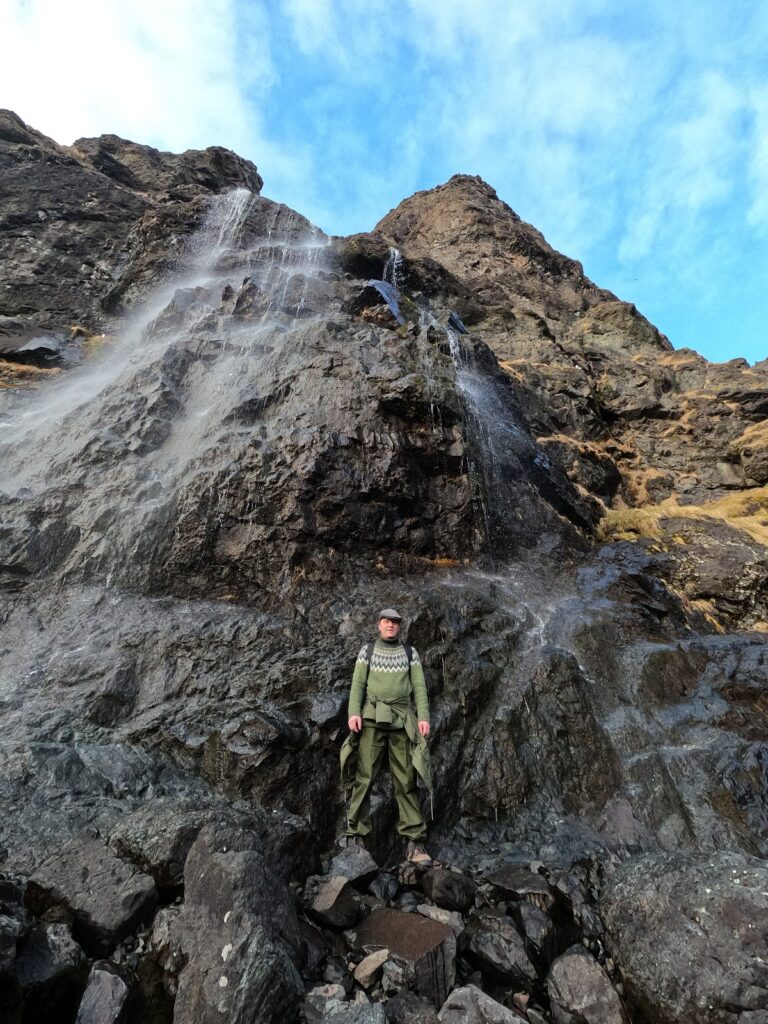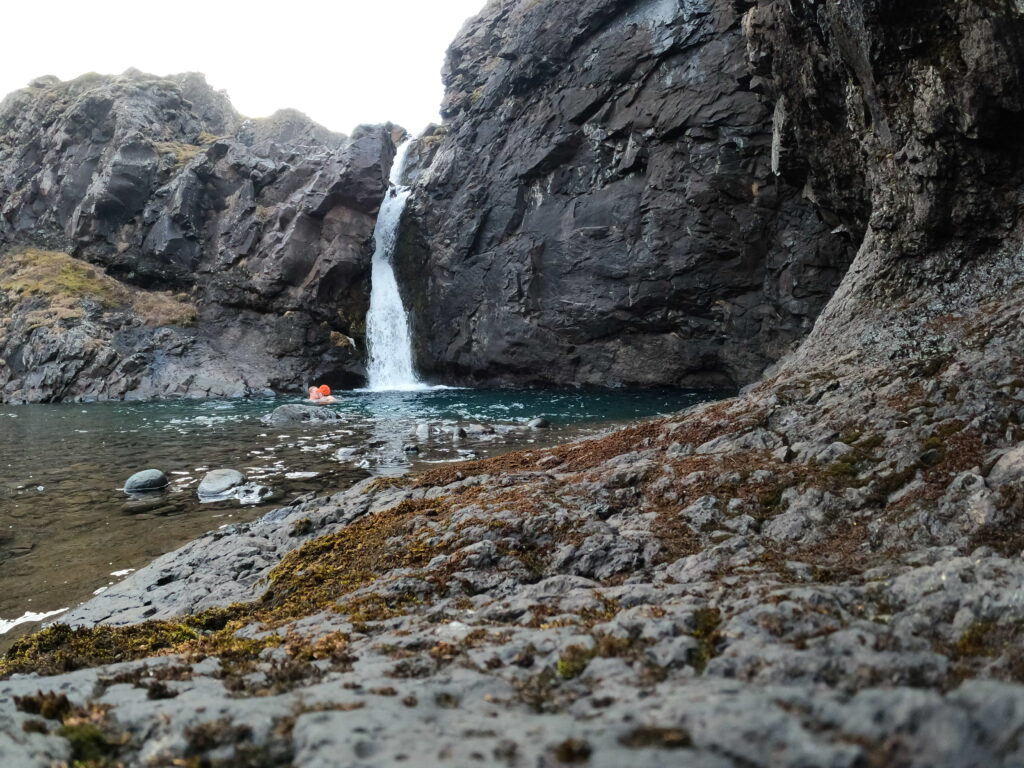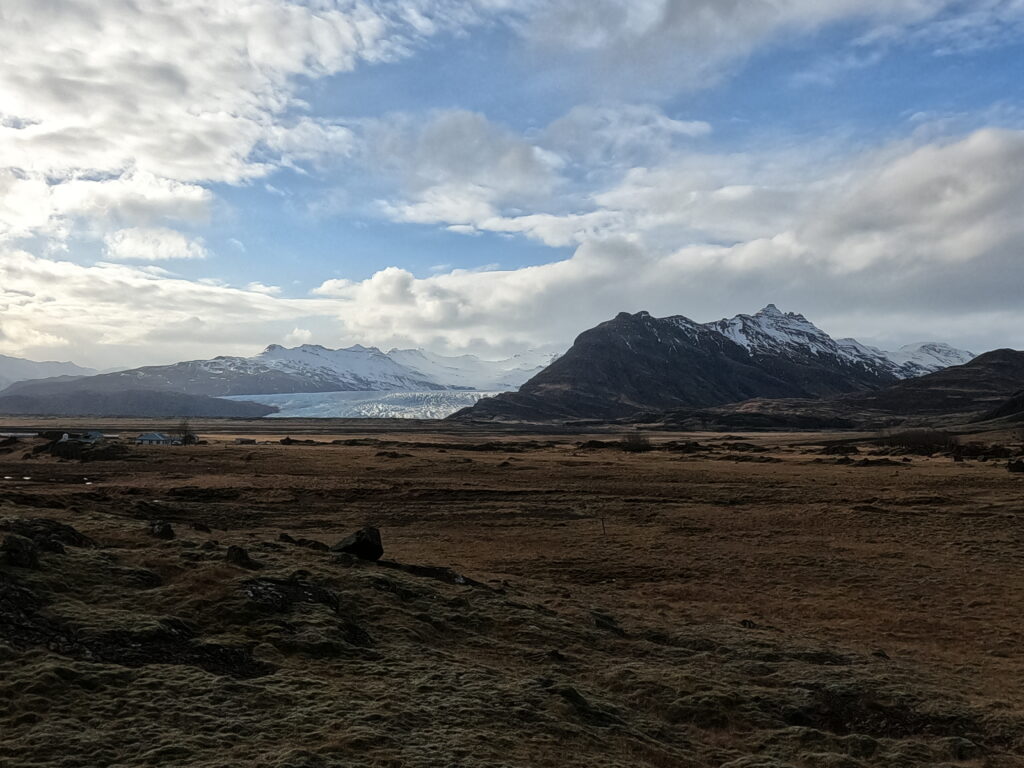In the spring of 2021, we were in quarantine on the east coast of Iceland, at Rauðaberg, not far from Höfn. This is Vatnajökull’s realm. Vatnajökull (8100 km2) is Europe’s largest glacier after Austfonna at Svalbard/Spitsbergen. The ice thickness is up to 1 km (!), with an average of 400 metres. The glacier outlets from Vatnajökull descend into each valley with its own name, mile after mile. It’s really huge!
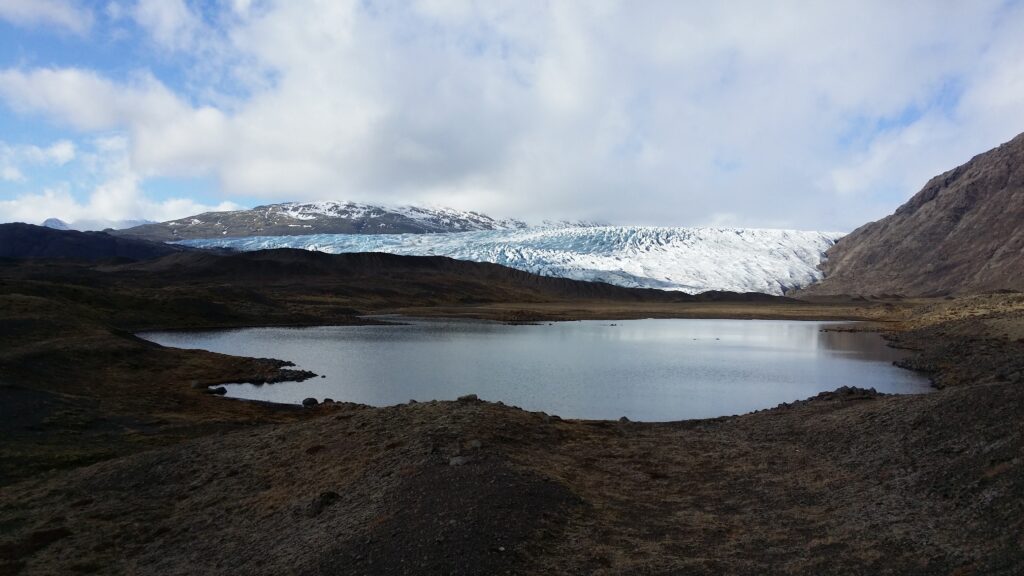
Geologically speaking, fjords are seen as underwater valleys, formed by glacial erosion of the bedrock. The fjords in Norway and Iceland are carved out of glaciers, all the way into the sea. The word fjord comes from Indo-European, the verb ‘fara’, ie where one travels (to the other side). Because of the weight, the glaciers can also dig below sea level. They often have a threshold (ra) at the outlet, where it is much shallower than further into the fjord. The threshold is formed by sediments in front of the ice end. If you imagine a threshold fjord that never reached the sea, then you have the concept of a glacier lagoon. As the glacier retreats, a lake is often formed where the glacier has dug deep – before the end moraine. We wanted to swim in front of a glacier!
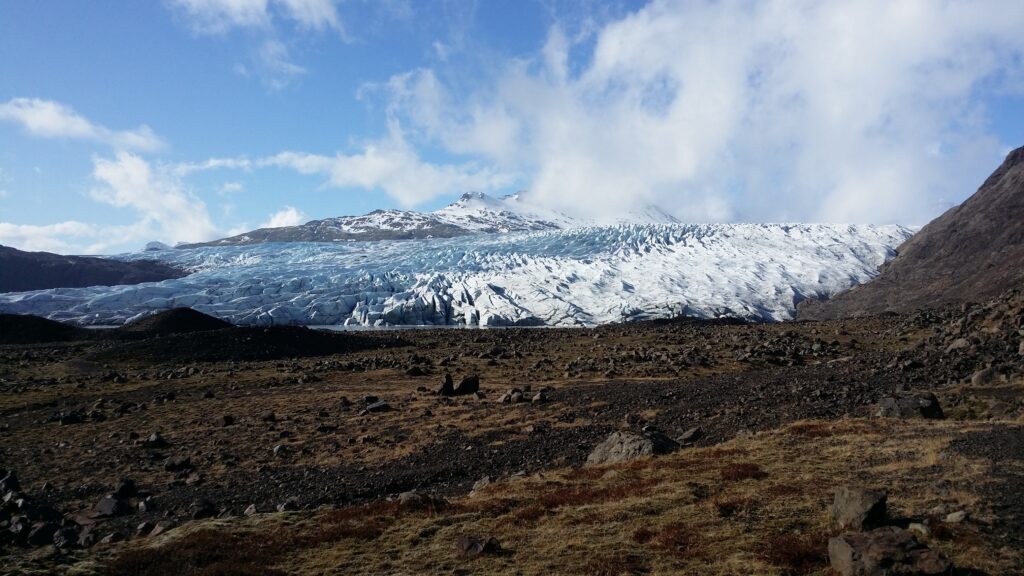
We checked the map and found a potential spot at Haukafell – Haukafellsjökull (the Hawk Mountain Glacier) seemed to have a lake in front of it. Even though we were in quarantine, we felt a tour here would be OK. At least no one could complain about the distance, we didn’t see another soul the whole evening…
There is a marked hiking trail all the way to the glacier. On the way, we saw many wonderful stones, where beautiful crystals had grown inside the gray or brown rock. You can read more about special Icelandic stones and mineral types at ‘Perlan’ in Reykjavík.
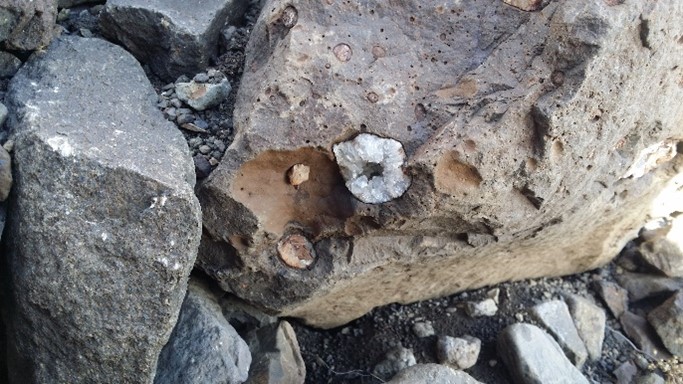
Once at the glacier, a bath was a good idea. Haukafellsjökull is an offspring from Vatnajökull and in decline. We therefore saw little danger in swimming in the glacier lagoon, since the lowermost ice was on dry land.
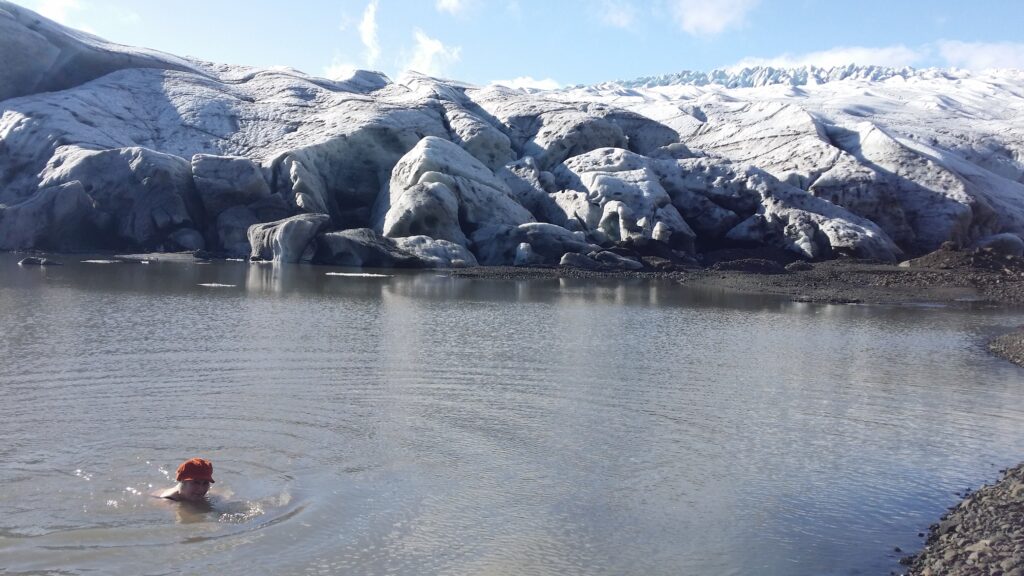
But of course we kept a good distance, and there were no signs of movement in the glacier. A splendid bath in a fantastic landscape, and a beautiful weather!
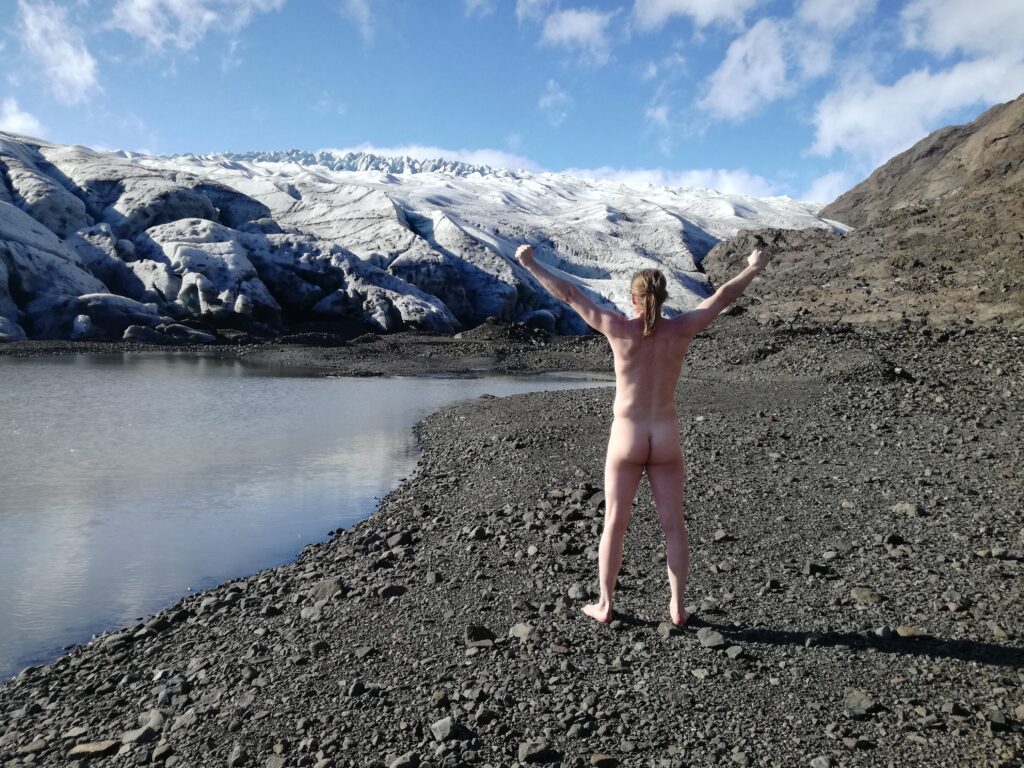
A (sun) bath in Haukafellsárlón is just right!
